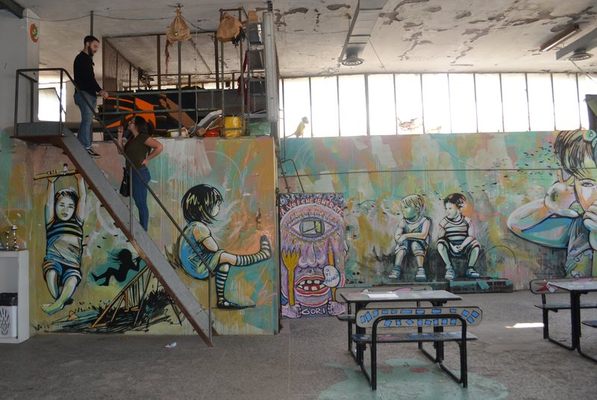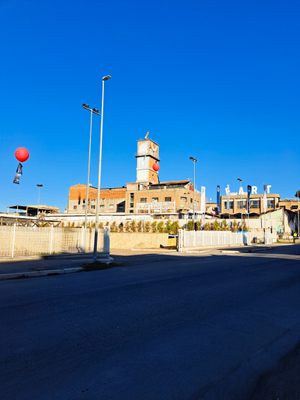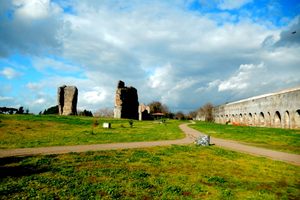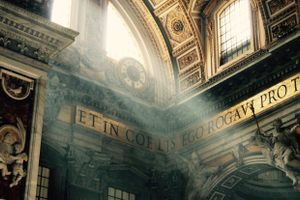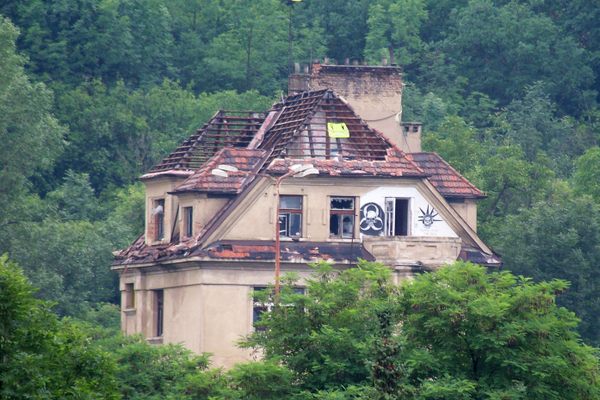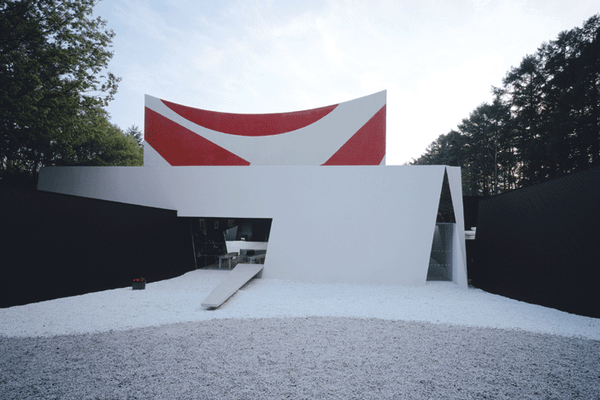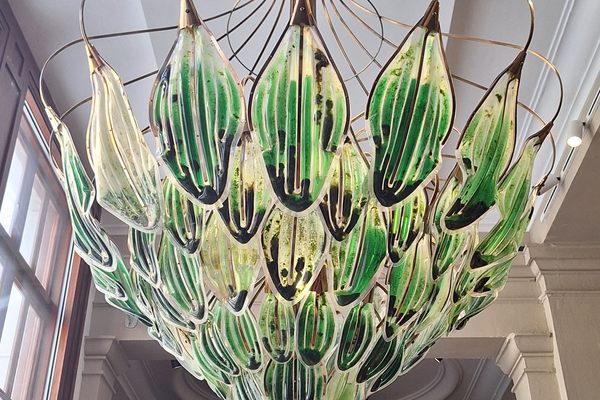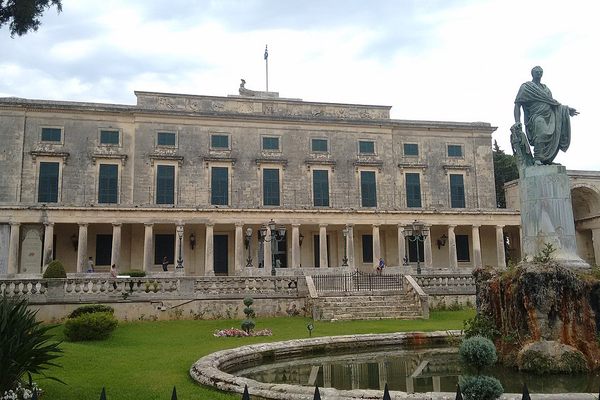About
An abandoned salami factory in the outskirts of Rome has found a new life as both a collective art space and a shelter for refugees.
In 2009, several migrant and Roma families cleaned the empty complex and turned the factory’s auxiliary buildings into homes. They’d already begun painting murals on the walls when Curator Giorgio de Finis found the place in 2011 and started organizing events and performances there.
What became a collaboration between de Finis and the factory's 200 squatters has led to murals, paintings, and installations made by more than 300 artists from around the world.
The history of the building has made its way into the content of the art. A slaughterhouse hall once used for stripping carcasses now features a painting of hanging pigs. Other halls and some of the art installations serve as giant playgrounds for the children, who make up about 40 percent of its population.
Many of the people who live at MAAM (Museo dell’Altro e dell’Altrove di Metropoliz, or "Metropoliz Museum of the Other and the Elsewhere") are poor and unemployed, living in the factory illegally. Italy has been criticized in the past for its treatment of migrants and Roma people. But considering the precedent potentially set by Barcelona’s La Carbonería, the increasing popularity of the museum's art could keep its inhabitants from being evicted.
Related Tags
Flavors of Italy: Roman Carbonara, Florentine Steak & Venetian Cocktails
Savor local cuisine across Rome, Florence & Venice.
Book NowPublished
October 27, 2017

